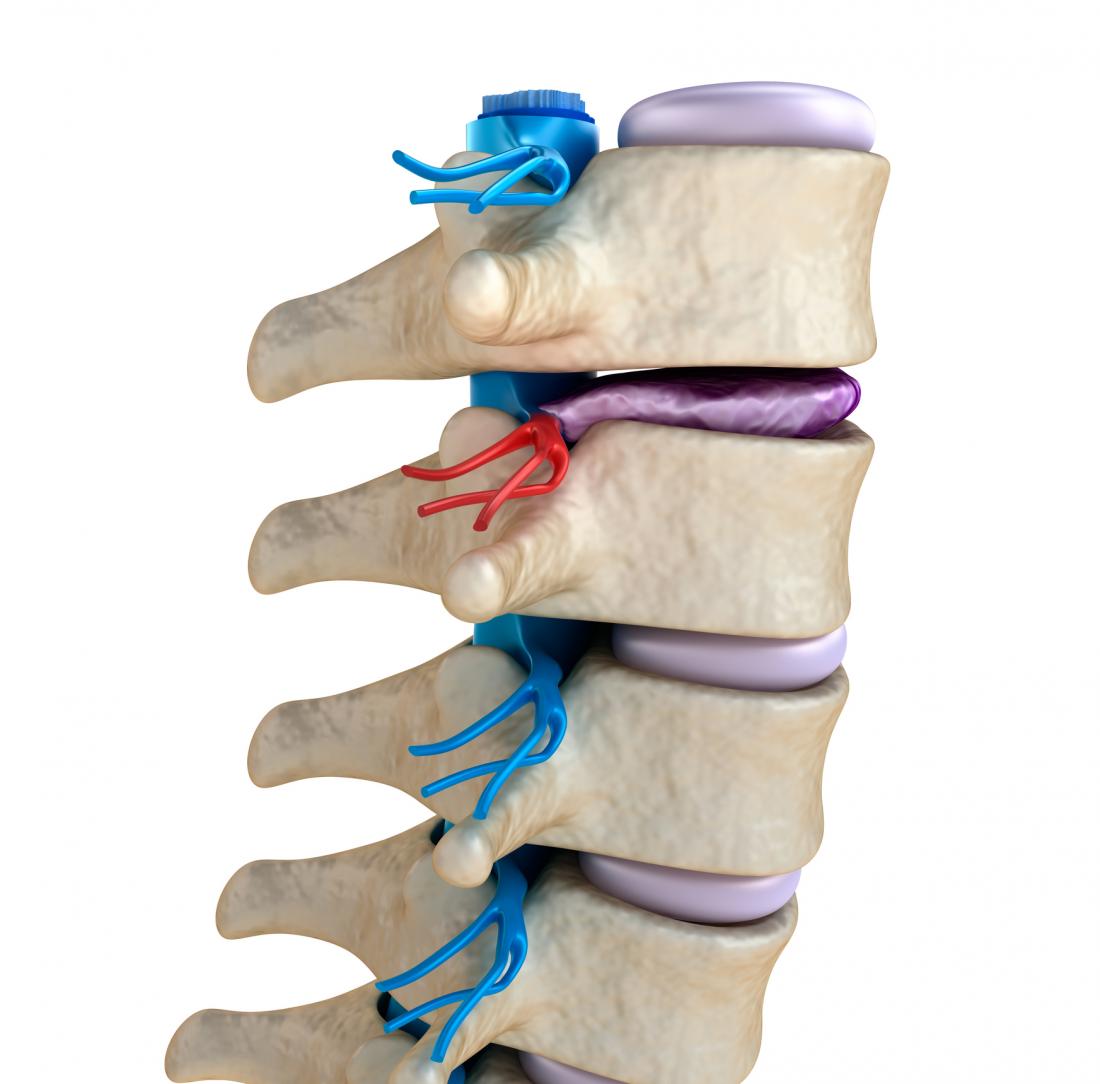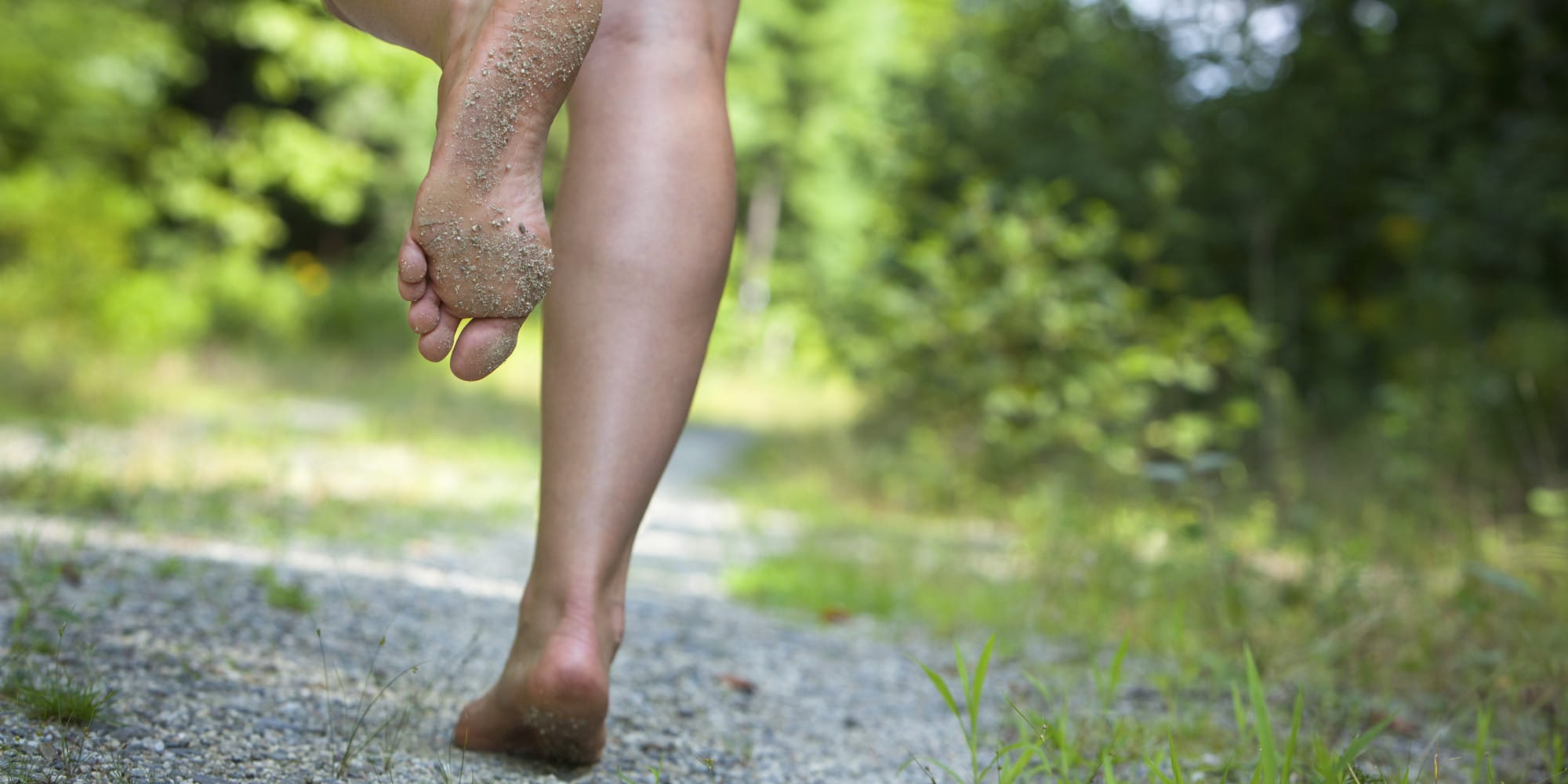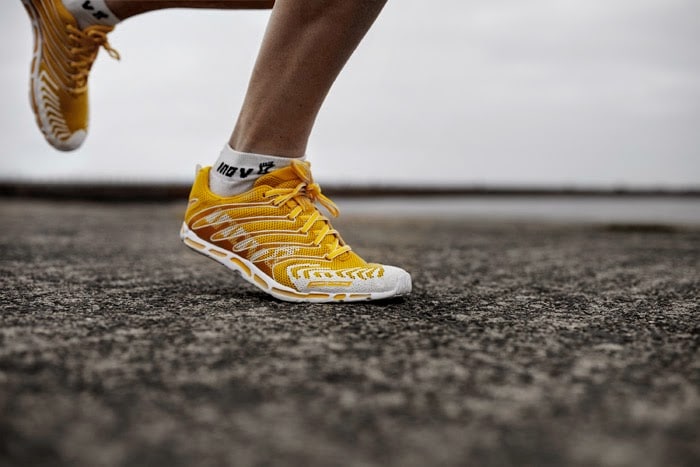
Degenerative Diseases and Conservative Treatment
conservative treatment
degenerative disease
degenerative disease surgery
degenerative disk
degenerative disk disease
disk replacement
orthopedic clinic dubai
orthopedic clinic in dubai
orthopedic hospital
ORTHOPEDICS
Dr. Mohamed Koutah guides us about degenerative diseases and how to pinpoint the exact conservative treatment needed for the patient’s case. To book an appointment with Dr. Koutah, sign up on this link: https://orthosp.com/book-appointment/
—
In a young and healthy back, discs between the vertebra provide height and allow bending, flexion, and twisting. The discs are like shock absorbers between the bones of the spine and are designed to help the back stay flexible while resisting forces. As a normal process of aging, the rubbery discs begin to shrink and lose integrity.
Nearly everyone shows some signs of wear and tear on the spinal discs as they age. Magnetic resonance imaging (MRI) studies show that almost everyone older than age 60 has degeneration of the discs, but not all those people have back pain. In some cases, the discs may collapse completely and cause the facet joints in the vertebrae to rub against one another, causing the pain and stiffness of osteoarthritis.
For those people in whom the degenerated discs do cause pain that cannot be attributed to another problem, they are considered to have degenerative disc disease.
Degenerative Disc Disease Causes
Not actually a disease, degenerative disc disease refers to a condition in which pain is caused from a disc that loses integrity.
Several factors can cause discs to degenerate, including age. Specific factors include:
- The drying out of the disc. As we age, the disc dries out and doesn’t absorb shocks as well
- Daily activities and sports can cause tears in the outer core of the disc
- Injuries can cause swelling, soreness and instability
Unlike other tissues of the body, there is very little blood supply to the disc, so once a disc is injured, it cannot repair itself, and the discs can start to deteriorate.
Degenerative Disc Disease Symptoms
Symptoms are most commonly concentrated in the low back or neck, depending on where the degenerated disc(s) are. Common symptoms include:
- Pain that ranges from nagging to severe and disabling
- Pain that affects the low back, buttocks and thighs
- Pain in the neck that may radiate to the arms and hands
- Pain that is worse when sitting
- Pain that gets worse when bending, lifting or twisting
- Pain that lessens when walking and moving
- Pain that lessens with changing positions often or lying down
- Periods of severe pain that come and go, lasting from a few days to a few months
- Numbness and tingling in the extremities
- Weakness in the leg muscles or foot drop may be a sign that there is damage to the nerve root
Degenerative Disc Disease Diagnosis
A diagnosis is based on a physical examination and medical history, including a description of symptoms and the circumstances of when and where the pain started. An MRI can show damage to discs, but it alone cannot confirm degenerative disc disease.
Degenerative Disc Disease Treatment
All doctors agree that getting back pain under control – no matter the source – requires exercise to increase the strength and flexibility of muscles that surround and support the spine. Exercising increases blood flow to the back, which nourishes joints and muscles with oxygen and nutrients, while clearing away destructive inflammatory waste products.
Treatment options to go along with physical activity and exercises to increase back strength include:
- Physical therapy
- Medications: nonsteroidal anti-inflammatory drugs (ibuprofen, naproxen sodium), pain relievers (acetaminophen)
- Surgery: artificial disc replacement, spinal fusion
- Heat and cold therapy
- Spinal mobilization
Degenerative Disc Disease Self Care
Along with following doctor’s instructions, getting the proper amount of physical activity, and strengthening the muscles that support the spine, you can manage your condition in additional ways. Make lifestyle choices, such as eating a nutritious diet, stopping smoking and address both the physical and emotional effects of having a musculoskeletal condition. Self-management encompasses the choices made each day to live well and stay healthy.
Subscribe to get a free e-book
Related Articles

Why Sedentary Behaviour or Sitting Too Much Is Bad For Your Health

3 Best Ways to Address Back Pain, According to Science

Your Children’s Feet, Playing Sports, and Seeing a Podiatrist

Barefoot Running – Back to Basics

4 Effective Ways to Prevent Common Running Injuries

Forefoot Running – The Running Technique Gaining Speed
We are affiliated with best insurance provider


